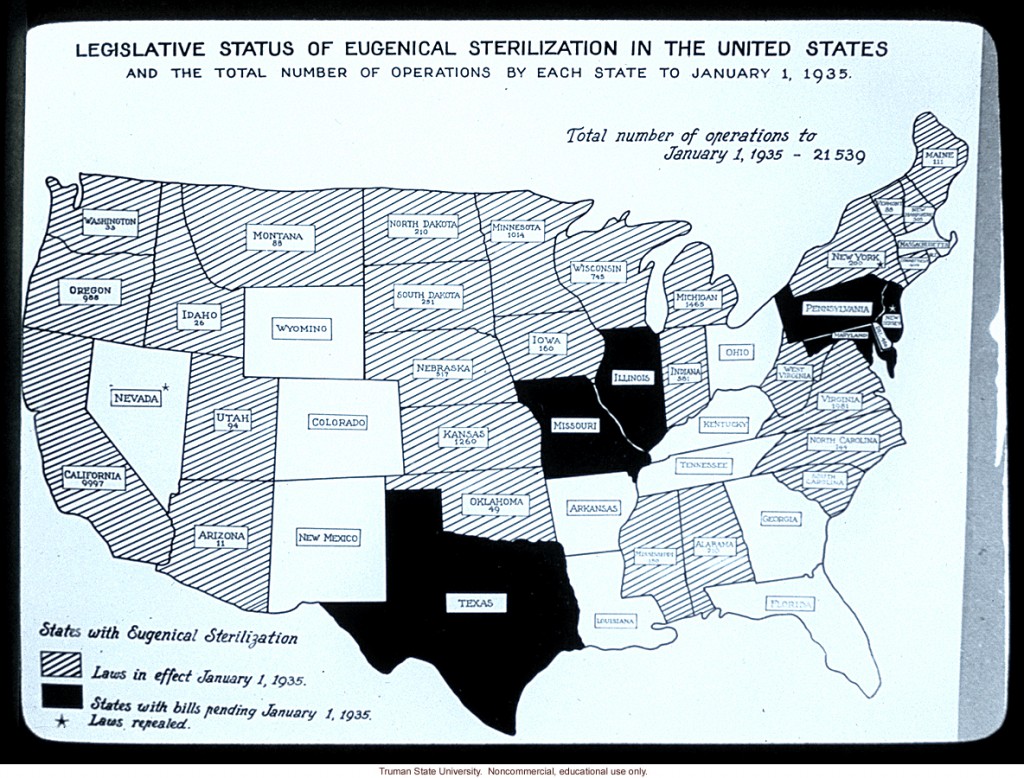Stephen W. sent in this clip of an Iowa news story about interspecies mothering. Always cute, of course. But the narration towards the end contributes to the social construction of mothers as born-to-nurture-and-nurture-only.
The narrator asks: “Why would an animal show such grace?” And the answer is “obvious.” He continues:
For most mothers, it’s just what they do. An instinct so deeply wired into them, that often all they know is to love and care for life.
So “most” mothers “just” mother. They do so instinctively. “All they know” is mothering. In fact, hang onto your kiddies people because they might just mother your kids too!
Interesting how this narrative leaves invisible all of the female animals that kill and eat other animals, including other animals’ babies.
Lisa Wade, PhD is an Associate Professor at Tulane University. She is the author of American Hookup, a book about college sexual culture; a textbook about gender; and a forthcoming introductory text: Terrible Magnificent Sociology. You can follow her on Twitter and Instagram.












